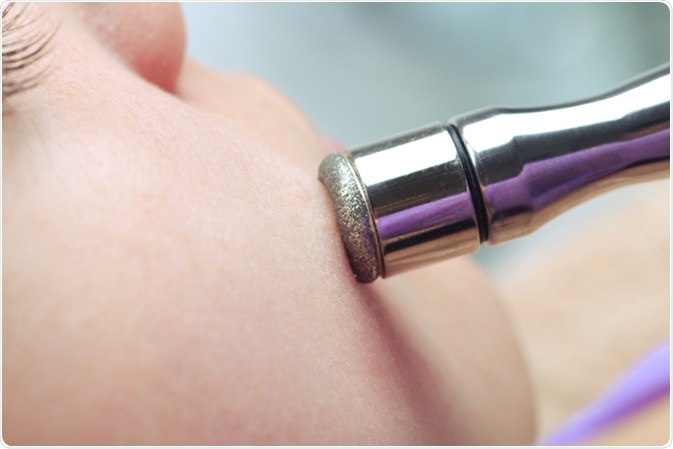Site Under Development, Content Population and SEO, Soft Launch 1st January 2020
Solar elastosis (actinic elastosis) is a condition in which there is ultraviolet-induced damage to aging skin. The skin in the affected area appears leathery, with deep furrows and a bumpy surface, and its texture has been lost. There are many options available for the treatment of this condition.
Topical application of retinoids, usually 0.025% at the beginning and building up to 0.05% for thicker skin, is performed every evening. The highest possible concentration in this condition is 0.1%.
These may cause a stinging or burning sensation, pruritus, peeling or flaking of the skin, significant dryness and redness of the treated skin or skin which comes into contact with the solution.
Another options are topical alphahydroxy acids (AHAs) given as 10% solution three times a week, building up to 15% and 20% if tolerated. Stinging sensations may be reported, as may peeling and flaking, itching and dryness. Topical benzoyl peroxide and salicylic acid are also often used.
Topical imiqimod and fluorouracil have also been used to reduce the lines and furrows of solar elastosis, and they are also being used to treat premalignant conditions of the skin and non-melanoma skin cancers.
Imiquimod is an immune response modifying agent; it may be used three times a week but stopped after four to six weeks. After a break lasting four weeks it may be resumed if needed.
It is necessary to apply cryotherapy to thick scaly patches before applying this chemical for the first time.
Any cosmetic skin treatment which may irritate or wound the skin (such as waxing hair off the skin) should be preceded by cessation of aforementioned topical treatments at least one week earlier to avoid severe skin irritation.
Dermabrasion is a useful technique which offers good depth control, but the emergence of lasers has lessened its popularity.
Microdermabrasion has also been found to be effective but pushes up the cost of treatment as several sessions are necessary, and the time taken for improvement to be visible is increased - however, there is not much need to stay away from work with this method.

Chemical peels for medium depth peeling are sometimes preferred because they are less expensive, but healing may require two weeks downtime at least.
Deep peels with phenol are not generally used since the advent of lasers, despite their efficacy, because cardiac monitoring is required with their use.
Laser resurfacing may be done using carbon dioxide or erbium:yttrium-aluminum-garnet (Er:YAG) laser, but at least three weeks must be provided for skin healing to occur. This may be cut down to one week if fractionated lasers are used. Deeper depths of ablation must be employed in this condition.
Photodynamic therapy is a combined modality which uses light to lethally damage the unwanted cells which have been first sensitized by a chemical called a photosensitizer.
It has a wide range of uses including precancerous conditions of the skin such as solar elastosis and skin cancers other than melanoma. It also has significant cosmetic value in reducing the impact of facial lines or wrinkles.
Nevertheless, it must be emphasized that the use of this therapy entails accepting peeling and burning of the skin for some time, which requires the patient to stay indoors for some days. If the photosensitizer is injected there may be significant photophobia as well for a few days.
The risks associated with all these procedures include long-term scarring, inflammation and redness which may necessitate staying away from work or school till healing is well advanced, hyperpigmentation in a category of individuals who react to skin trauma in this way, or post-inflammatory hypopigmentation especially following chemical peels with phenol.
Hydroxy-quinone is often used to prevent hyperpigmentation in people at risk. Bleeding may occur following laser resurfacing or more typically following dermabrasion, but should not be a cause for concern unless it is persistent.
Other treatment modalities that are less commonly employed include the use of dermal fillers such as collagen or hyaluronic acid, or botulinum toxin injections into the superficial skin layers.